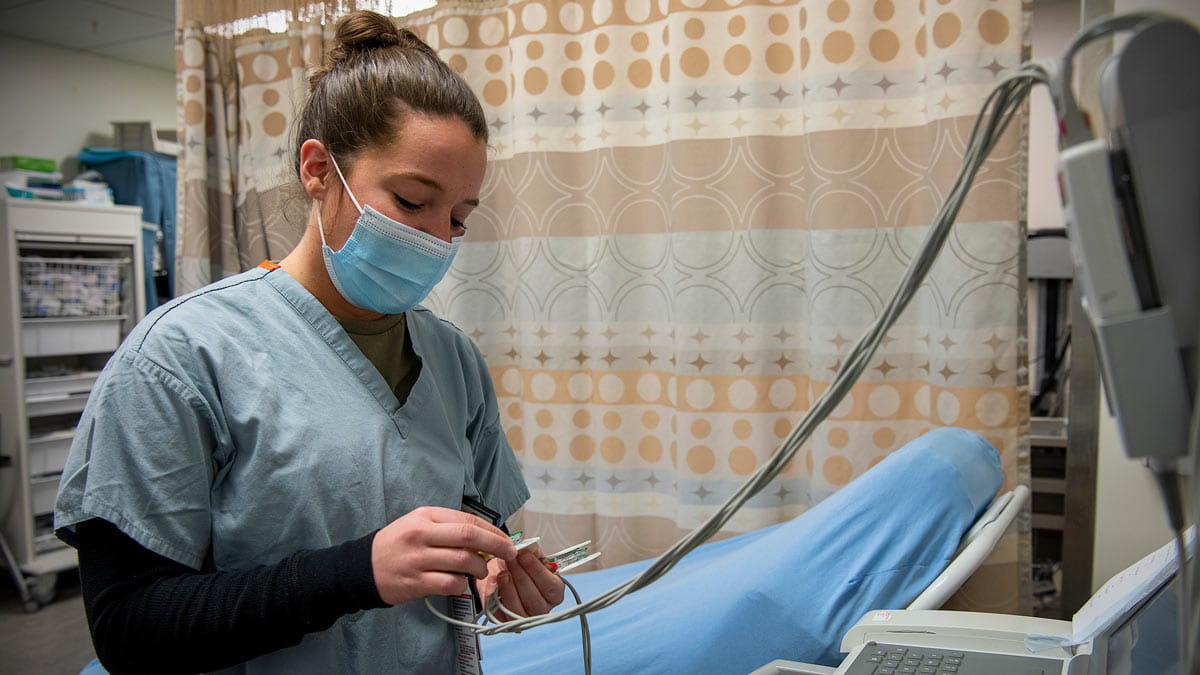Is shaking hands a thing of the past?

The handshake has always been the perfect medium for transmitting an infectious disease—a direct flesh-to-flesh transaction of whatever germs we’ve picked up since our last thorough scrubbing.
But prior to the COVID-19 outbreak, we shook hands all the time. Without even thinking about it. It’s a standard greeting in American culture, a way to connect through human touch.
It’s also a very foolish thing to do.
As an infectious disease specialist, I’m the person you’ll see squirting sanitizer in my palm after a handshake and immediately wiping down my tray table on an airplane. There’s a reason for this—infectious diseases can pass with little effort from person to person, and COVID-19 has been a wakeup call for many who didn’t realize just how easily we can transmit a life-threatening virus.
That brings us to the handshake. Clearly it has a rich history in the United States and in countries around the world. It’s the way we meet new people, seal deals and show respect. Asking Americans to stop extending a hand would require a change in behavior that’s nothing short of monumental.
But as we move forward from COVID-19, we’ll have to ask ourselves if it’s worth it.
In early April, Anthony Fauci, the director of the National Institute of Allergy and Infectious Diseases, told media outlets that it was time to break with the custom of shaking hands. Certainly it’s something we’re not doing now—no one has arms long enough to obey 6-foot social distancing guidelines and still shake a hand—but it’s a practice that’s wise to reconsider well into our future.
Studies have shown that thousands of bacteria can live on your hand, and few people outside of the health care industry follow the recommended guidelines of regular and thorough washing for 20 seconds with soap and water. In fact, even medical professionals forget to do this on occasion. This means all of us are regularly swapping germs that range from gross to deadly—spreading not only COVID-19, but other common and life-threatening viruses like the flu.
All the more reason to keep our hands to ourselves.
Now, it’ll take a lot of time to find a new greeting that becomes our norm. We could look to other cultures—the Japanese greet and introduce each other through bowing—or embrace (not literally, of course) the already spreading gesture of elbow-bumping. We could continue shaking hands and adopt a practice of sanitizing immediately afterward, which might feel rude to you but is something people in my field consider routine.
No matter what we do, we have to be more vigilant with hand and personal hygiene going forward. In addition to not shaking hands, that means no sneezing into open space, unnecessarily touching your face or biting your nails (which, if you think about it, is you putting your fingers and everything that’s on them into your mouth). I believe people who have a close personal experience with COVID-19 will understand the stakes and be able to change their ways. And I hope others will follow suit.
I realize that people don’t necessarily want to change their behavior. They want everything as normal as it was, and rightfully so. We’d all like to return to a pre-COVID-19 world. But we don’t have that luxury.
Debra Goff is an infectious disease specialist at The Ohio State University Wexner Medical Center and a professor of pharmacy at The Ohio State University College of Medicine.




